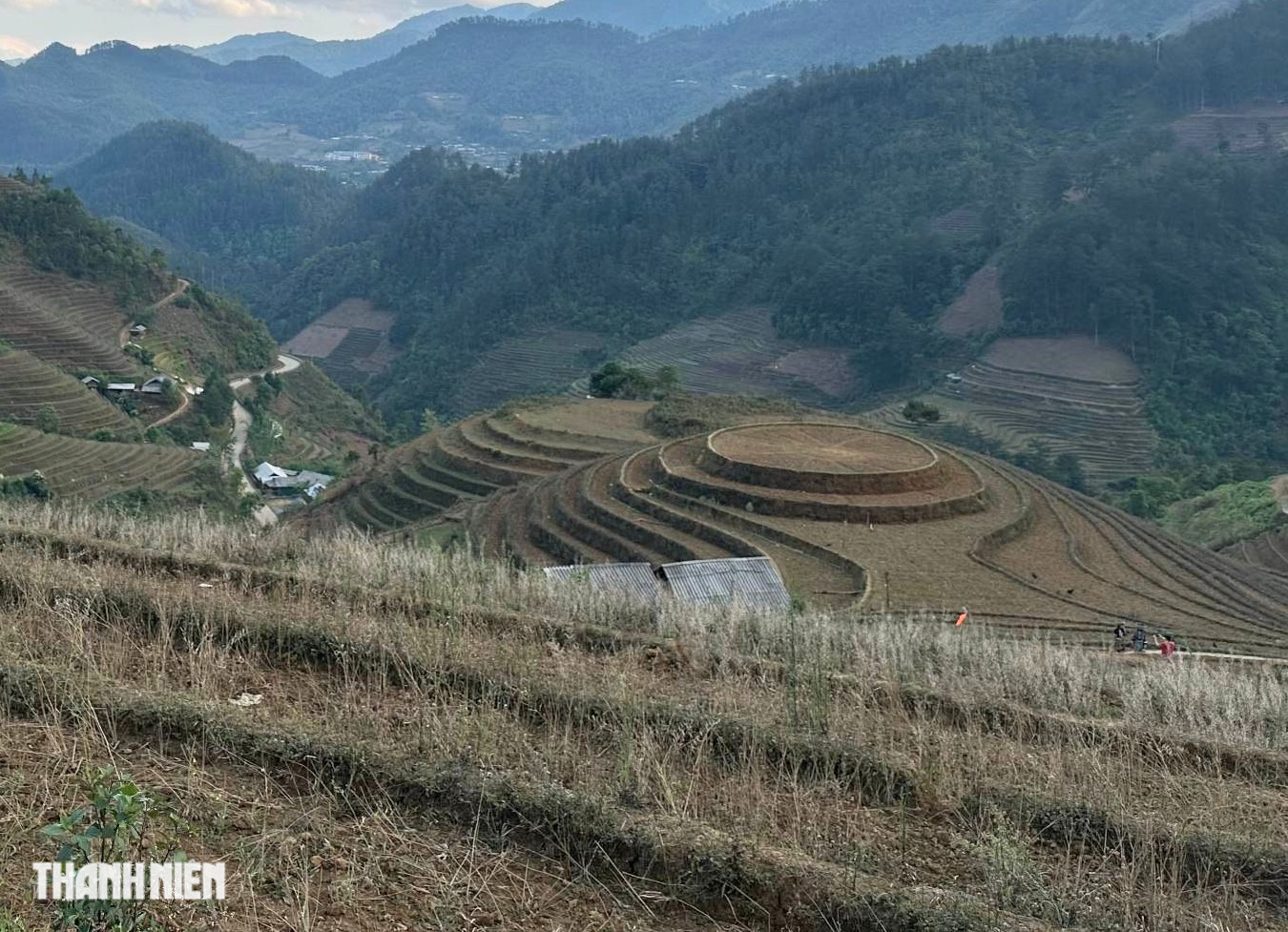
Raspberry hills bare of dry grass, cracked ground (photo taken on Sunday, May 7)
Mr. Ky Vong, from Hanoi, and a group of friends went to Yen Bai on the weekend after the holiday to travel . "We took a motorbike taxi from the foot of the hill to the top, where we could see the whole view of the raspberry hill, but alas, we discovered the hill was bare without a single green color of rice plants or white water like the pictures we had seen," Mr. Vong shared.
Mr. Vong said that normally the flood season starts in April, but this year, there was still no water until mid-May. "We thought that we would go to Mu Cang Chai like every other year without carefully researching the flood season and were disappointed with the trip," he said.
The people of the Yen Bai highlands produce one rice crop a year thanks to the rain. During this season, water floods the terraced fields, creating a magical, unreal scene, especially in the afternoon.
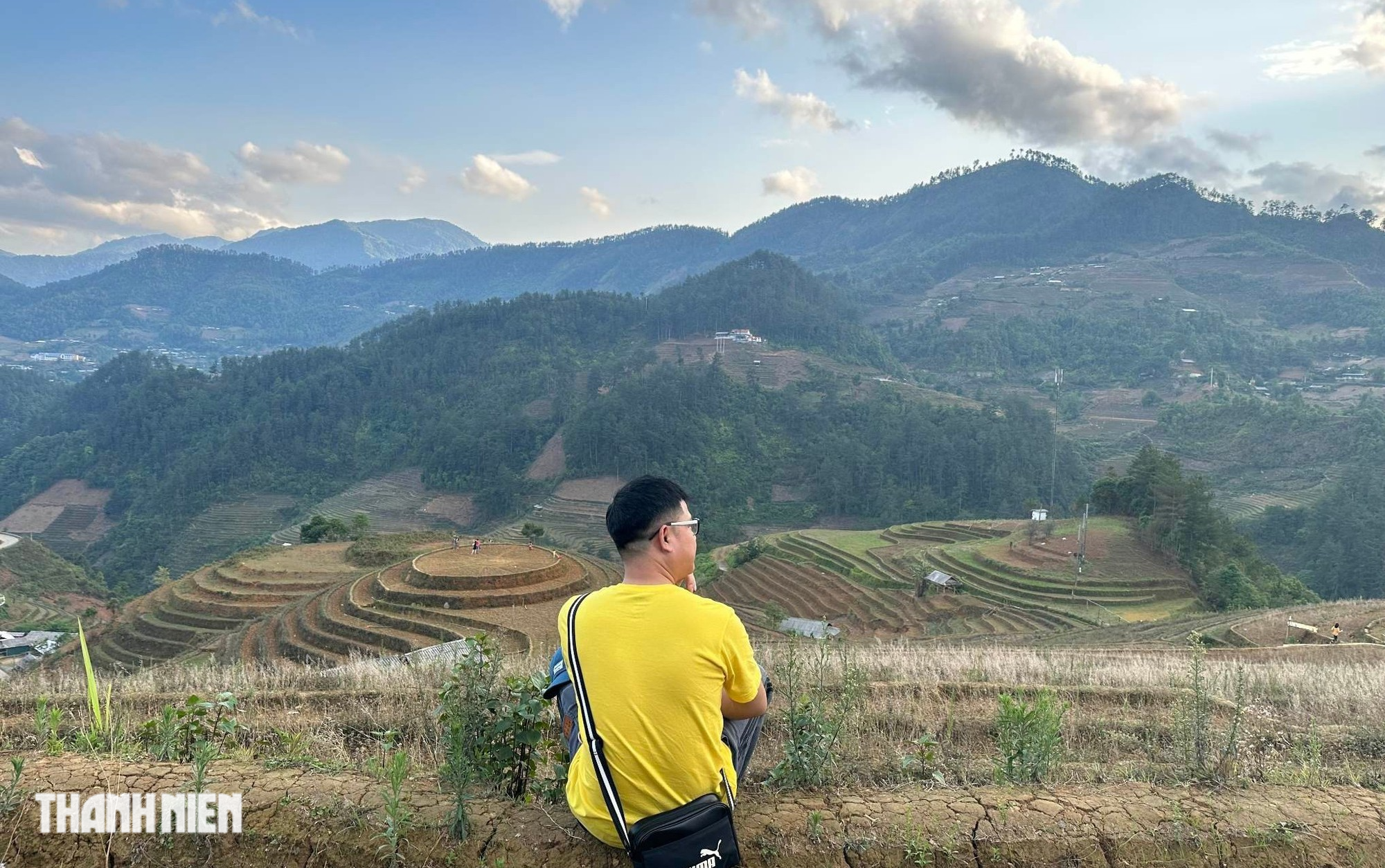
Mr. Vong looked blankly at the bare raspberry hills of Mu Cang Chai.
The water pouring season in the terraced fields is also a time that attracts many tourists because the whole area of mountains and hills is covered in white water, next to the rice ripening season.
Mu Cang Chai has the highest rainfall in Yen Bai and the rainy season here starts early, from the end of March and ends in September. The time with the least rainfall is from November to March, due to the low rainfall, it causes drought and lack of water for production and daily life. Because the rainfall is unevenly distributed, Mu Cang Chai only produces one rice crop per year in the rainy season.
However, this year is different, when by mid-May, Mu Cang Chai still has no water for people to plant on terraced fields.
In recent days, localities in Yen Bai province have been hot with the highest temperature commonly ranging from 35 - 36 degrees Celsius, some places above 36 degrees Celsius.
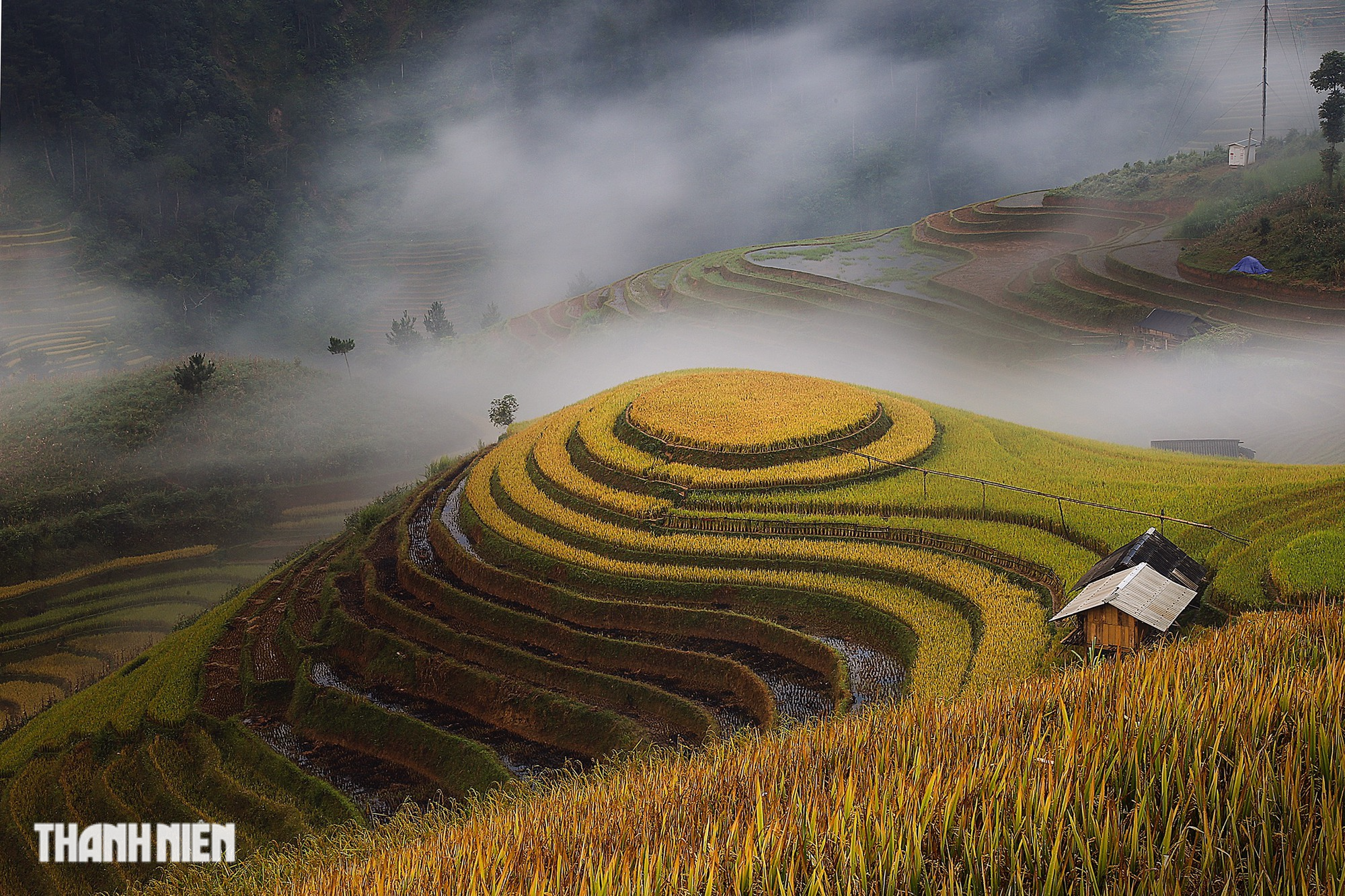
La Pan Tan raspberry hill, Mu Cang Chai, beautiful ripe rice season when viewed from above
Mr. Nguyen Van My, Lua Viet Travel Company, who has guided many groups of tourists to explore the Northwest, said: Due to the climate characteristics of the Northern mountainous region, from May to October, the highlands completely change their clothes. Especially Mu Cang Chai seems to wake up, wearing a colorful shirt of the water pouring season, the young rice season and the ripe rice season. If tourists want to see the terraced fields, they should go during these months.
Therefore, Mr. My also expressed surprise that it was mid-May but Mu Cang Chai had not entered the flooding season, the terraced fields were bare. Normally, at this time, tourists would have flocked to Yen Bai to admire the scenery.
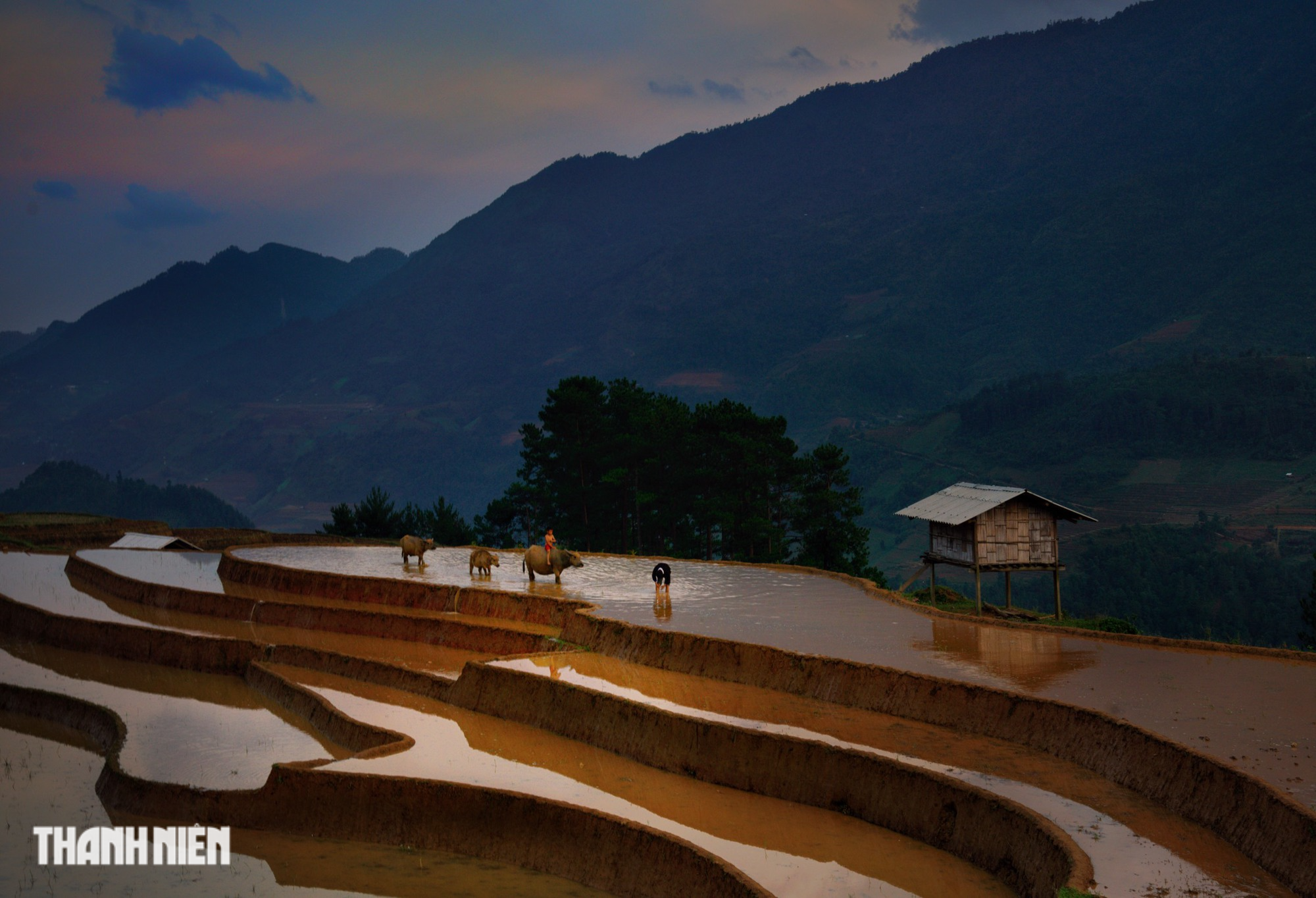
Mu Cang Chai terraced fields are sparkling in the flooding season of previous years.
Visitors to Mu Cang Chai during normal times can time their visit to see the most beautiful scenery: April - May is the season of white water pouring down; June - July is the season of cool green rice seedlings and September - October is the season of golden ripe rice.
Source link


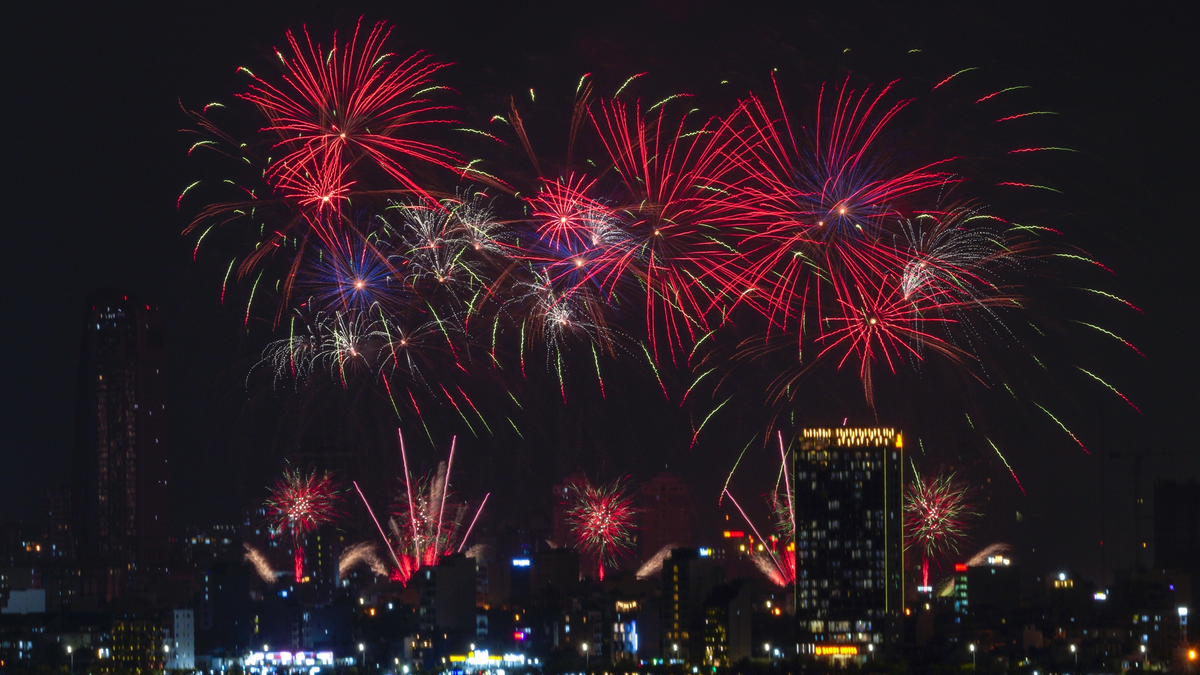



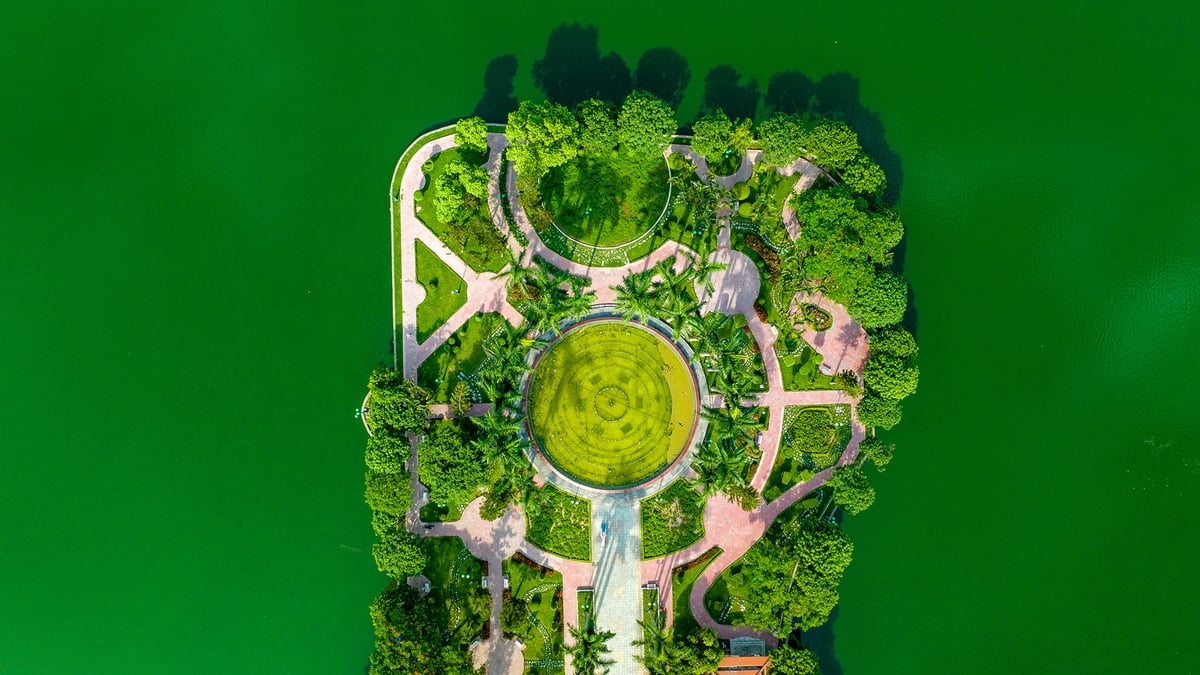

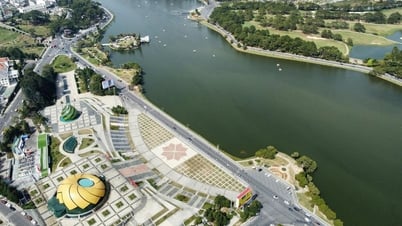

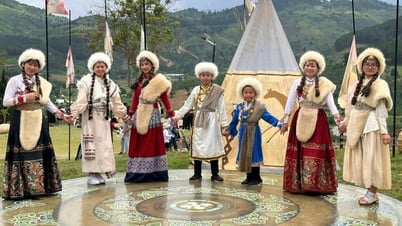
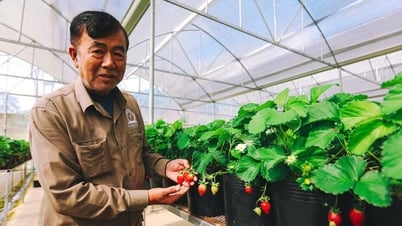







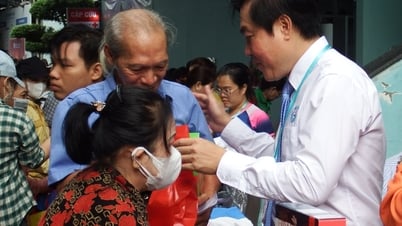


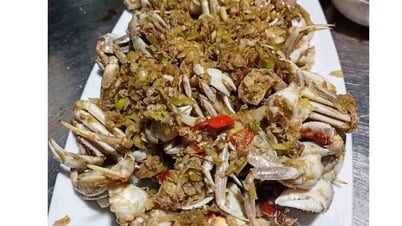















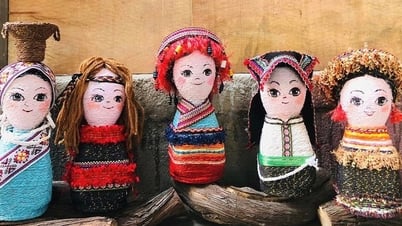









![[Maritime News] Wan Hai Lines invests $150 million to buy 48,000 containers](https://vphoto.vietnam.vn/thumb/402x226/vietnam/resource/IMAGE/2025/6/20/c945a62aff624b4bb5c25e67e9bcc1cb)














![[Infographic] Party Committee of the Ministry of Culture, Sports and Tourism: Marks of the 2020 - 2025 term](https://vphoto.vietnam.vn/thumb/402x226/vietnam/resource/IMAGE/2025/6/22/058c9f95a9a54fcab13153cddc34435e)







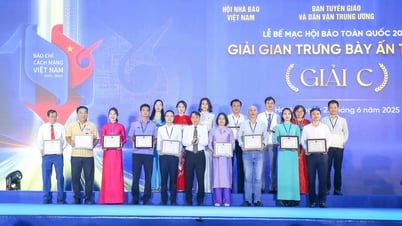

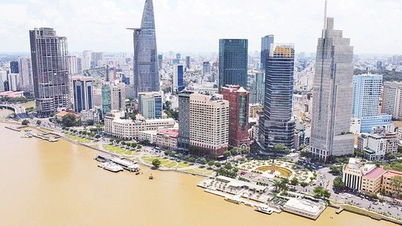












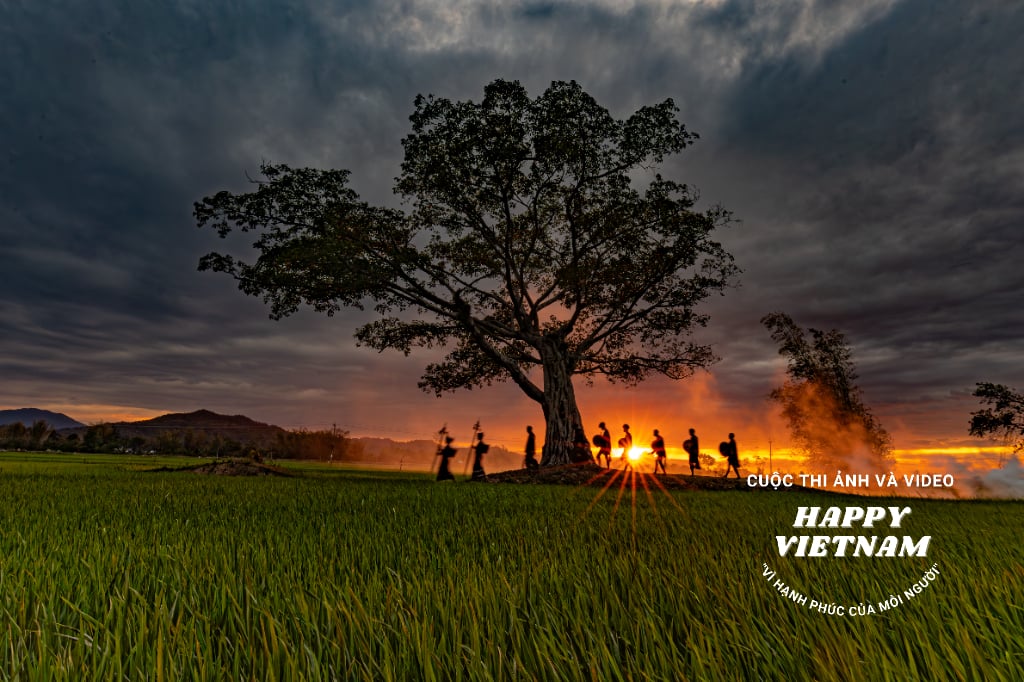


Comment (0)